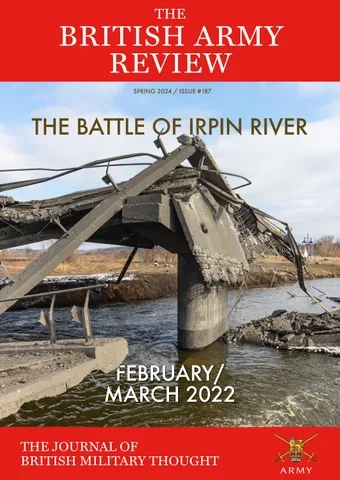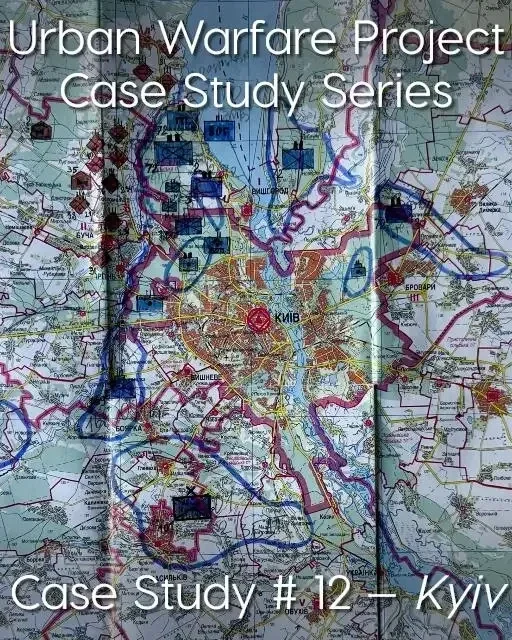Ukraine War
In the opening months of the war in Ukraine, the war was recorded primarily through video snippets, inconsistent reporting from often unverified sources, and on maps pieced together by analysts far removed from the battlefield. Disinformation further clouded the narrative of the war. There was a risk that this tremendously consequential event in human history, the first major land war in Europe since World War II, was not being systematically recorded for posterity. As a result of the ephemeral nature of the reporting in Ukraine, the U.S. and NATO nations might fail to learn some of the most relevant and important lessons from the war.
The Ukraine War Project seeks to add methodical primary-source data collection and analysis to improve our understanding of the war. By supporting field research to collect primary-source data from selected battles in Ukraine, there will be a more constructive basis for analysis and policymaking resulting in the ability to build an empirical narrative baseline, and to generate detailed maps. Going forward, this accurate data and analysis will be critical in important policy discussions related to the character of modern warfare, U.S. and NATO acquisition policies, international defense strategy, and security force assistance.
Products
The Battle of Irpin River
Based on extensive field research and first-hand oral interviews, this timely special edition of The British Army Review provides professional soldiers with a hugely valuable insight into one of the opening chapters of Ukraine’s ongoing fight against a numerically superior enemy. Its narrative focuses on the defense staged by the 2nd Mechanized Infantry Battalion and supporting units of the Ukrainian Army’s 72nd Mechanized Brigade. The Battle of Irpin River details the fighting that took place at Antonov Airport on the 24th of February and the subsequent battle along the Irpin River at Horenka, Moshchun and Huta Mezhyhirs’ka. The waterway became a natural front line – an operational obstacle that Russian forces had to overcome and, when the Ukrainian military flooded the river, a barrier that became uncrossable. The battle raged through March 2022 and ended in a Russian retreat.
The Battle of Kyiv
On February 24, 2022, Russian forces launched the invasion of Ukraine that had been anticipated for weeks. The following thirty-six months of a grinding, attritional war that has occurred since was not in Russia’s design. The Kremlin sought a rapid victory in an assault on Kyiv that should have served as a coup de main, after which the entire country’s defenses would have crumbled and Russia would have been able to declare victory. In the first days of the invasion, Ukraine’s ability to overcome the odds against it and continue the war was far from certain. Through deep research and firsthand access to participants in the defense of Kyiv, this case study explains how Ukraine avoided an early defeat and extracts insights from the Battle of Kyiv at all three levels of war—tactical, operational, and strategic.
The Battle of Hostomel Airport: A Key Moment in Russia’s Defeat in Kyiv
The battle for Hostomel Airport was the first major battle of the Russo-Ukrainian War and a decisive event in the war. This battle started on the morning of February 24th , 2022 and lasted less than 36 hours. In the opening hours, Russian forces sought to seize a key airfield located a mere 12 miles from the capital’s center enabling additional airborne battalions to follow on transport planes and rapidly deploy, seek to take control of the city, and overthrow the government or make the leadership flee. Russia ultimately gained control of the airport but failed to achieve the objective of the assault. Ukrainian National Guard conscripts, backed by artillery units, were able to delay the elite Russian airborne troops long enough to prevent the Russian military from using the airfield as an airbridge to support a rapid seizure of Ukraine’s capital. This article tells the story of this key battle.




